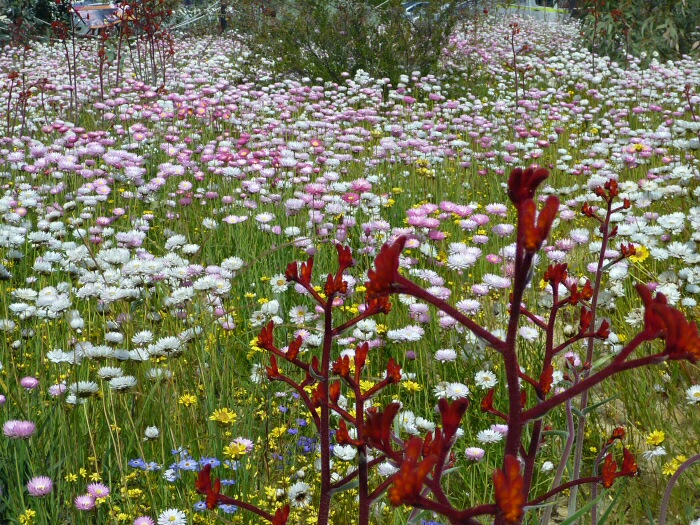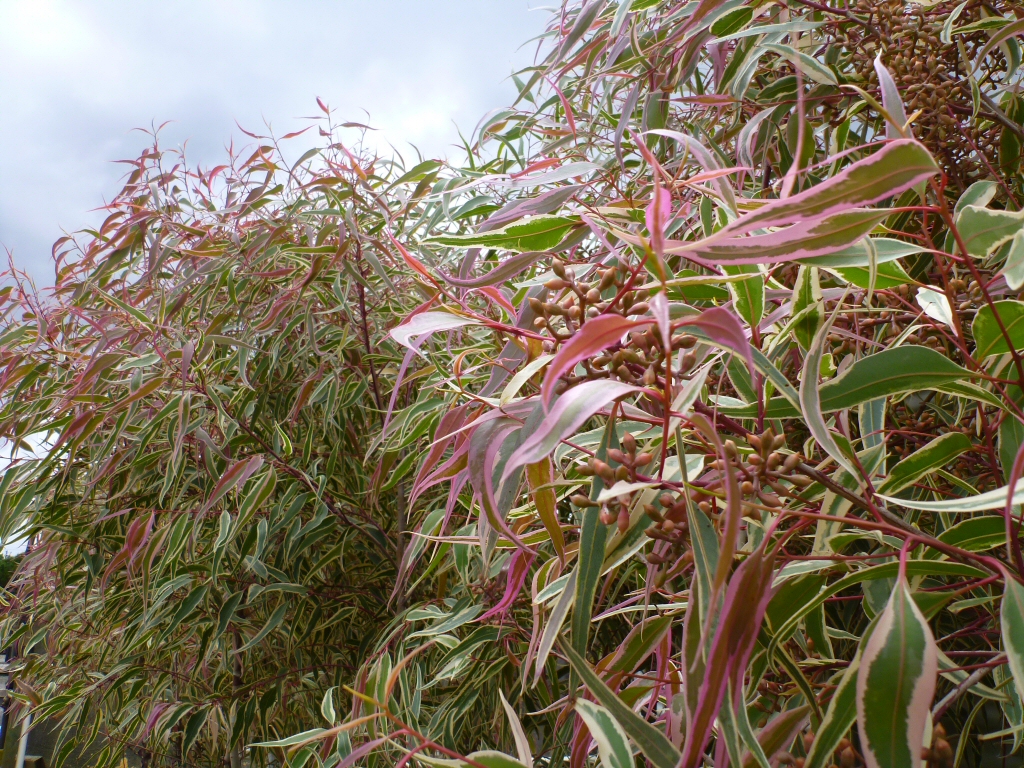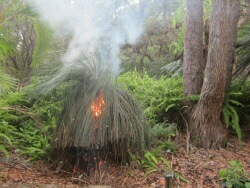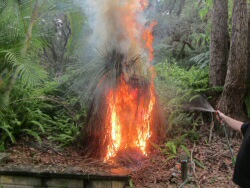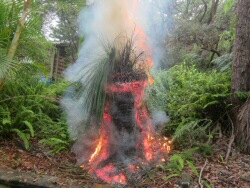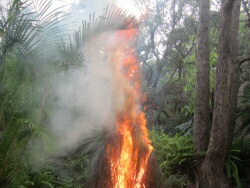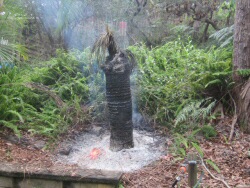Western Australia Wildflower Tour
Springtime in Western Australia is magic. There are over 12,000 species, 60% of which are not seen anywhere else in the world! It’s my favourite place to wander around our unique and special plants. If you have never explored this beautiful area, put it on your must-do list.
I’ll be hosting a tour with Ross Garden Tours, from the 9th to the 22nd of September, 2014. I’ll share some of my favourite places in Western Australia, and my knowledge of the wonderful plants. The final day of the tour features a very special event, the Kings Park Wildflower Festival.
Plants…..how do I love thee? Let me count the ways
You are planning on buying some plants for your garden. You’ll be spending money and time…..so, what are these green things going to give back to you in return?
I love that there are so many different things that a plant can do! Colourful flowers, edible produce, wildlife habitat, privacy screening, shade in summer, carbon capture….shall I go on? Fragrance, honey production, medicinal properties, green fencing. Flowers for picking, food for birds and animals, kudos for being able to grow something endangered or rare, a place to play for children. The list can go on, but the thing that I value most is the way that plants are good for our minds and bodies. Just looking at a picture of a plant can improve your mental health, and getting out and digging improves fitness.
Get out to your local nursery now, and get some plant loving.
New Plant On The Block!
Ribbons of Hope is an exciting new addition to the world of gum trees. It may be new to the market, but has been 25 years in the testing. Growing to 12 metres, it has striking variegated foliage- the mature leaves are green generously edged with cream, and the new growth is a lovely shade of pink. It is drought and frost tolerant once established, and can take hot areas well. It has the added bonus of prolific white flowers in winter and spring, which nectar feeding birds will love. Find out more>>>
50 cents will be donated from every plant sold to the National Breast Cancer Foundation’s research program.
Extreme Gardening, part 2
Last month I ran the whipper snipper through a kangaroo paw to rejuvenate it, and showed you just how tough Australian plants (and gardeners) can be. This month we are going to take extreme gardening to a whole new level. We were presented with a Xanthorrhoea (grass tree) that was looking like it was going to go to the great compost heap in the sky. It was suffering from mottling on the leaves, which could have been a symptom of fungal and/or insect attack, and the foliage was dying off at an alarming rate. I could have recommended a chemical approach, but having seen how grass trees regrow and often flower after bushfire, wanting something spectacular for this newsletter, and wanting to do the experiment, I suggested that we get out the box of matches and emulate nature. Naturally, this method of gardening is not to be undertaken lightly. We were lucky enough that the weather had been quite wet (which, no doubt, had contributed to the plant’s ill health), that the next door neighbour is a fireman, and that the sick plant was right next to a tap with a hose fitted. So, let’s get gardening….extreme gardening style-
You can see how much dead and dried leaf growth there is- the old leaves are what actually form the trunk of this iconic Australian plant, but the outside dead parts can harbour insects, and inhibit good air flow which can encourage fungal attack.
The lighting was very successful, and the flames rose impressively high into the air. We had chosen a day of zero wind, but we still thought it might be a good idea to slow the fire progress down a little, so brought the hose into play. It was very effective in damping the fire enough to be a lot safer, but the resultant smoke was also impressive.
The finished product- lots of ash to give the plant a food boost and any nasties killed off from the heat. We will be giving the plant a water with one of the good seaweed soil conditioners to help the root growth, and are hoping to see new growth soon.
The finished product- lots of ash to give the plant a food boost and any nasties killed off from the heat. We will be giving the plant a water with one of the good seaweed soil conditioners to help the root growth, and are looking forward to seeing the new growth.
Note – if you want to try this method of extreme gardening, consult your local fire authorities for advice and to get permission and a permit. If a fire that you start gets out of hand and destroys property, you can be liable for damages.
Note also that this is not a recommended way to help a sick Xanthorrhoea. It is much better to use preventative methods before the plant gets to this point. The grass tree in this case ended up dying, but it is likely that a change in drainage flow from next door, or perhaps herbicide damage, may have led to the plant’s ill health initially.



